Yasunori Nishiki Interview: Eight Questions about Octopath Traveler
Yasunori Nishiki’s score to Octopath Traveler has been met with praise from fans and critics alike. The soundtrack mirror’s the game’s modern approach to an old-school style – and does so with unquestionable success (we write about the score more extensively in VGMO’s Octopath Traveler Original Soundtrack review here). We were delighted for the opportunity to speak with Nishiki-san regarding his inspiration and work on Octopath Traveler.
In this interview, Yasunori Nishiki answers eight questions we had about the soundtrack to Octopath Traveler, in addition to talking about his musical upbringing and aspirations for future work. Nishiki-san tells us about his approach to composing and orchestrating the wide variety of music that populate the game’s score, which include the different ways he connected characters to areas, going further than simple melodic motifs to bind themes together.
Interview Credits
Interview Subject: Yasunori Nishiki
Interviewers: Don Kotowski, Emily McMillan
Translation: Stephen Meyerink
Translation Editor: Derek Heemsbergen
Editor: Emily McMillan
Coordination: Don Kotowski
Interview Content
VGMO: Yasunori Nishiki-san, thank you very much for speaking with us today about Octopath Traveler. Before discussing the game, can you speak a little about your musical background, education, and influences?
Yasunori Nishiki: I learned piano around age 5, but I wasn’t all that serious about it. At age 12, I became a fan of the Japanese band Spitz. I bought some sheet music for their songs, learned chords, and performed my own accompaniments on the piano. I think that was my introduction to composing music. Oh, and I also picked up some Final Fantasy VI sheet music and played that a lot, too.
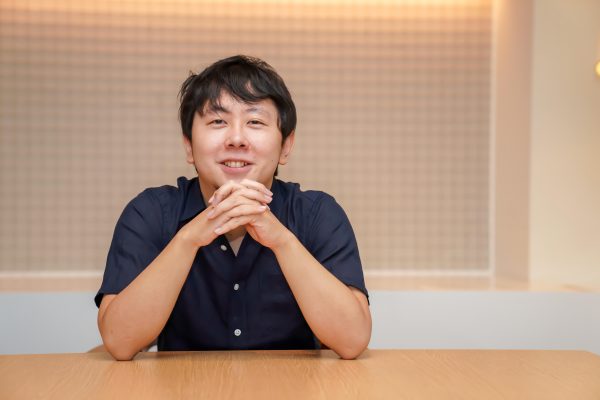
VGMO: The soundtrack for Octopath Traveler is clearly influenced by soundtracks from a different era, both in style and in execution. What were some of the challenges you experienced when taking a classic RPG soundtrack style and modernizing it with live instruments?
Yasunori Nishiki: When I thought about what contributes to the special charm of older RPG music, I realized that it’s generally simple and really catchy. And while you can get some gorgeous sound by using live instruments, doing so can also weaken the punch of the melody and end up blurring the player’s impression of the song as a whole, which was something I wanted to avoid. With that in mind, I tossed out, to some extent, the traditional method of arranging for orchestra. Instead, I arranged the orchestra instruments in a style akin to simple, catchy vocal songs with strong melodies.
VGMO: In Octopath Traveler, in addition to the eight protagonists you’ve already talked about in the CD’s insert, there are also eight different regions. Could you describe your thought process in choosing the style and instrumentation for each of the regional themes (e.g. Flatlands, etc.) and what you were trying to convey with the music?
Yasunori Nishiki: Since a big part of the game’s charm is its “HD-2D” visual style, the player basically sees the image first, and then hears the music that goes along with it. My goal was to produce music that does not overtake or interfere with the visuals while still leaving a strong impression on the player. In addition, I wanted to help the player really experience the game’s theme of “traveling,” so when moving from region to region, I tried to ensure that the music conveyed the change in atmosphere and mood.
For example, take the sound textures in the Frostlands—I used synths that evoked images of frozen landscapes. With the Highlands, I employed a symphonic sound that I associate with an image of grand mountain ranges.
VGMO: Another key focus in the game’s music is upon the various town themes heard throughout Octopath Traveler‘s world of Orsterra. How did each distinct region inform your approach to the town themes within those areas?
Yasunori Nishiki: Consider the synth sounds I used in the theme for the Frostlands—I also used those same synths in the background of the town theme for Flamesgrace. Similarly, the piano used in the Woodlands theme is also the main instrument in H’aanit’s theme. In this fashion, I tried throughout the entire soundtrack to be absolutely sure that I deployed instruments that were emblematic of each region in the town themes.
VGMO: There are myriad dungeons throughout Orsterra. From its forests and caves to mansions and underground ruins, each specific setting tells a different story. What was your approach to crafting a suitably unique feeling for each dungeon theme?
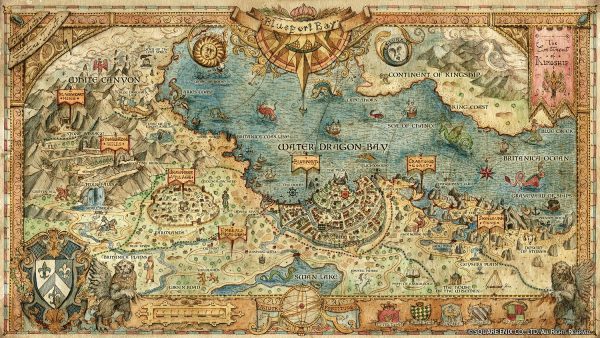
Yasunori Nishiki: I went with a pretty orthodox approach to the dungeon themes. When I say “orthodox” here, I refer to my own personal taste for dungeon themes that are pretty, but also a bit sad melodically. To that end, I think those qualities are quite evident in the dungeon songs. Similarly, with forest themes, I feel like my implementation of melodies that incorporate a chorus and a sense of dignity reflects my own personal tastes. With the mansion-type dungeons, I tried to give the melodies a rather gothic sound, whereas with subterranean locales, I tried to sprinkle in a hint of the dramatic.
VGMO: One standout aspect of the soundtrack is the presence of mini-motifs that precede boss battles. These change depending on which character’s story they appear in, with eight variants in total. How did you come up with that idea? Was it difficult to implement?
Yasunori Nishiki: Our Associate Producer, Masaaki Hayasaka, had this idea that pop artists sometimes perform versions of their songs that have unique intros during live shows. He suggested that we try to do something similar with Octopath Traveler‘s music by having eight different intros that would play before boss battles. I ended up proposing a system that would deftly transition the event audio to the boss audio. The game does this by playing a unique loop track, one for each of the protagonists, that emulates the sound textures of their themes. This loop plays along with the rising action in the pre-boss event scenes and, upon a specific trigger point, switches to a transition that leads into the boss theme.
The big challenge here was that these intros had to connect to three separate boss themes AND vividly express the personality of each of the eight characters.
VGMO: Can you tell us about your process for composing “The One They Call the Witch” and “Daughter of the Dark God”? These are the only tracks on the score with vocals, and the style is so different from the rest of the soundtrack! What was your inspiration?
Yasunori Nishiki: Those songs go along with battles that take place after the endings of the game, so not every player is going to make it to that point—it’s a supernatural occurrence that goes far beyond the game’s general concept of “eight travelers on a journey.” The enemy is a being that goes beyond human ken, as well. I wanted to ensure that the music made those concepts abundantly clear, so I thought I’d have to include something unique and special, and I ended up proposing operatic vocals.
I also tried to work a powerful sense of fear and the intimidating feeling that the player is confronting an inhuman monstrosity into the melody—although I also hoped it would make the player feel brave, like they were confronting that being.
VGMO: There is a wide variety of themes on the soundtrack. Were there any themes that came to you very quickly, or themes you struggled to write? What are one or two that you especially enjoyed composing?
Yasunori Nishiki: I remember that the eight character themes caused me a lot of trouble. This was because I was not only trying to make sure the soundtrack as a whole had really catchy, easy-to-remember melodies, but because I was trying to make sure the character themes in particular would leave such a strong impression that you could hear them just once and then remember them. The town and field themes were tough too (oh, I guess I’m really only talking about the things I struggled with, huh?), but compared to the character themes, they were pretty fun to create. This was the case because the “HD-2D” visuals elicited a really strong image from my mind. One song I particularly liked was “Among Stately Peaks.”
VGMO: What made you choose to use area themes for the Ending Theme, rather than character motifs (or other miscellaneous themes from the game)?
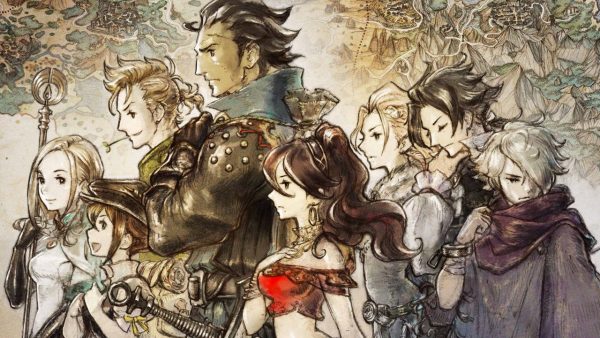
Yasunori Nishiki: Since the overarching theme of Octopath Traveler the journey of these eight people, I wanted the ending theme to symbolize that. To do so, I created a medley of the field themes that make up the stage upon which that journey is set. Taking into account the game’s setup, it’s structured such that a player could beat the game without befriending all of the characters. That’s why I thought there was something unsuitable about having the ending song be a medley of their eight themes.
VGMO: Thank you once again for speaking with us today about the soundtrack to Octopath Traveler, which has been well-received around the world. In closing, what kind of soundtrack would like to score next, and do you have a message for your fans?
Yasunori Nishiki: The pleasure has been all mine—thank you for giving me this opportunity. In terms of my next projects, rather than working on a string of just RPGs, I’d like to try my hand at composing for a number of genres. That being said, I love video game music so deeply that first and foremost, I simply hope I can create music that players will cherish forever alongside the games themselves. Also, if the opportunity ever arises, I hope we can say hello sometime! Thank you very much.
Posted on September 13, 2018 by Emily McMillan. Last modified on September 13, 2018.


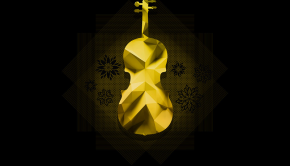
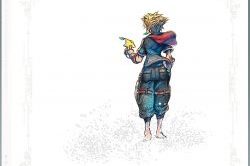
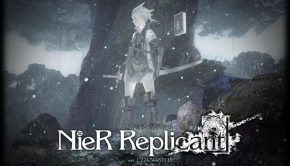










Great questions! Really enjoyed reading this, I’m only about 6 hours into Octopath and will probably be playing it for a while. Loving the music in the game. I’ll pay extra attention to the mini-motifs before my next boss battle. 😀